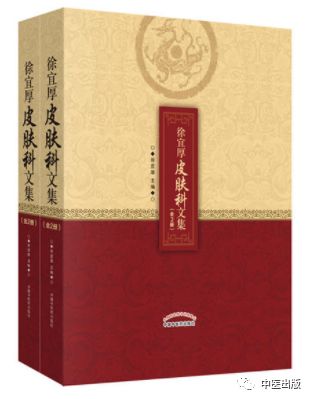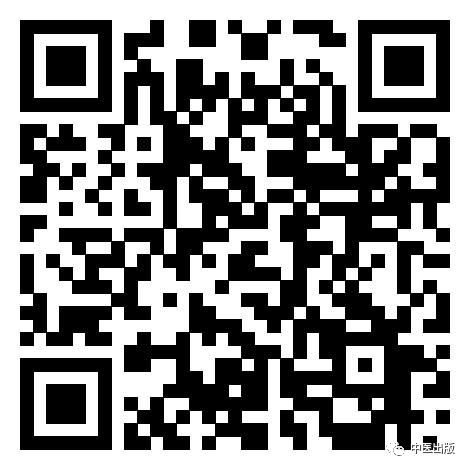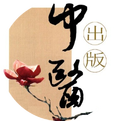
Overview of Poisoning
Drug reactions refer to adverse effects caused by the introduction of therapeutic, diagnostic, or preventive medications into the body through various administration routes, such as oral intake, injection, nebulization, or suppositories. A small portion of these reactions are toxic responses, which can occur independently or coexist with other reactions. Additionally, there are reactions that are neither allergic nor toxic, such as ecological responses and biological tendencies.
All these reactions can lead to skin changes, and some can cause systemic manifestations, which in Traditional Chinese Medicine (TCM) are referred to as “zhongyao du” (中药毒, drug toxicity). The Sui Dynasty’s “Zhubing Yuanhou Lun” recognized that drug poisoning or sensitization is harmful to the human body, with severe cases potentially leading to death.
Etiology and Pathogenesis
Drug toxicity occurs due to the interaction of internal and external factors. Generally speaking, mineral and chemical poisons are often categorized as fire toxins and heat-producing substances, which can scorch the yin fluids, leading to skin and muscle malnourishment, or the drug toxins can enter the blood and disturb the original spirit.
Clinical Manifestations
The clinical manifestations of TCM drug toxicity are quite complex, presenting a wide variety of skin lesions and varying degrees of systemic symptoms.
Meridian-Based Acupuncture Points
Main Points: Neiguan (内关, PC6), Quchi (曲池, LI11), Xuehai (血海, SP10), Zusanli (足三里, ST36).
Additional Points: Hegu (合谷, LI4), Chize (尺泽, LU5), Quze (曲泽, PC3), Sanyinjiao (三阴交, SP6), Weizhong (委中, BL40).
Method: Use tonifying techniques at Neiguan, and draining techniques at Sanyinjiao and Zusanli, while the other points are treated with draining techniques, once a day for 5 sessions as one treatment course.
Symptom-Based Acupuncture Points
1. Antimony Reaction: For fever, use Quchi and Dazhui (大椎, DU14); for muscle twitching, use Yanglingquan (阳陵泉, GB34) and Neiguan; for vomiting, use Neiguan and Zusanli; for headache, use Taiyang (太阳, EX-HN5) and Hegu; for stomach pain, use Zhongwan (中脘, REN12) and Zusanli; for tachycardia, use Jianshi (间使, PC5); for joint pain, use surrounding Ahshi points; for abdominal pain, use Tianshu (天枢, ST25) and Zusanli; for hypertension, use Quchi and Zusanli. Method: Use balancing techniques, once a day for 5 sessions as one treatment course.
2. Atropine Overdose causing blindness: Use Renzhong (人中, DU26), Chengjiang (承浆, REN24), Hegu, and Baihui (百会, DU20). Method: Use draining techniques, no needle retention, once a day for 5 sessions as one treatment course.
3. Sulfonamide causing urinary retention: Use Guanyuan (关元, REN4) and Tiaokai (透气海, ST28). Method: Use draining techniques, needle sensation should first reach above the navel and then to the perineum to promote urination, 1-2 times a day until urination occurs.
4. Penicillin Reaction: If dizziness, throat tightness, difficulty breathing, or cyanosis of lips and fingers occur, urgently needle Renzhong, Neiguan, Shenmen (神门, HT7), and Taiyuan (太渊, LU9) with draining techniques, no needle retention, one session is sufficient. If skin lesions present as urticaria or itching, use Neiguan, Quchi, Xuehai, Zusanli, Hegu, and Sanyinjiao. Method: Use balancing techniques, needle retention for 30 minutes after achieving needle sensation, once a day for 5 sessions as one treatment course.
5. Winter Sleep Spirit reaction (e.g., facial stiffness, nausea, vomiting, and rash): Use Hegu, Xuehai, Quchi, and Sanyinjiao. Method: Use balancing techniques, needle retention for 30 minutes after achieving needle sensation, once a day for 7 sessions as one treatment course.
6. Dimethoate causing lower limb paralysis: Use bilateral Huantiao (环跳, GB30), Futou (伏兔, BL36), Zusanli, and Xuanzhong (悬钟, GB39). Method: Use balancing techniques, needle retention for 15 minutes after achieving needle sensation, once a day for 10 sessions as one treatment course.
Pattern-Based Acupuncture Points
Wind-Heat Damp Toxin Pattern (e.g., urticaria-like, polymorphic erythema-like): Use Fengchi (风池, GB20), Dazhui, Quchi, Hegu, and Xuehai;
Damp Toxin Heat Excess Pattern (e.g., fixed erythema, bullous lesions): Use Geshu (膈俞, BL17), Xinshu (心俞, BL15), Zusanli, Xuehai, and Quchi;
Ying and Blood Deficiency Pattern (e.g., erythroderma-like): Use Baihui, Sanyinjiao, Renzhong, Xuehai, Fengchi, and Shixuan (十宣, EX-UE1).
Method: Use draining techniques, needle retention for 30 minutes after achieving needle sensation, once a day for 7 sessions as one treatment course.
Recommended Reading

Content Summary
Professor Xu Yihou has been engaged in clinical practice and teaching in TCM dermatology for over 50 years. He has published 20 works on TCM dermatology, clinical compilations, medication insights, and medical popularization in Beijing, Shanghai, Hubei, and the UK.
The book consists of five parts. Monograph Section, includes connective tissue diseases, sexually transmitted skin diseases, notes from his mentor Zhao Bingnan, acupuncture treatment of skin diseases, hand and foot skin diseases, medication insights, and a dermatology manual. Medical Discussion Section, includes academic papers, literature reviews, and clinical experience reviews published by Professor Xu since 1962. Clinical Section, includes clinical summaries and case reports, reflecting the academic concept of TCM that integrates theory, method, formula, and medication. Formula Section, contains two parts: one is insights on famous formulas from “Shanghan Zabing Lun” for treating skin diseases, particularly favoring the experience formulas provided by Mr. Wang Hongxu, and the other includes internal and external treatment formulas used in clinical practice by Professor Xu over the years.
(Scan to purchase the book)

END
Copyright Statement
This text is selected from “Xu Yihou’s Collection on Dermatology”, organized and published by TCM Publishing. Please indicate the source when reprinting.The cover image is from a licensed image library.Editor WeChat ID:congcong-0423, welcome to submit and chat.

● The most comprehensive collection of Chinese patent medicines, with images and facts
● A blend of aesthetics and substance, this is what a good TCM book should be!

